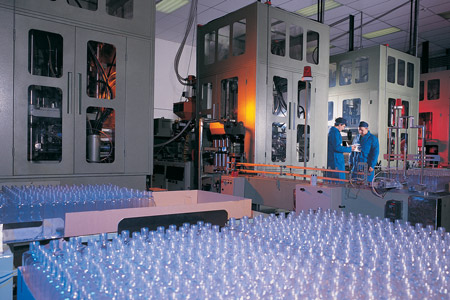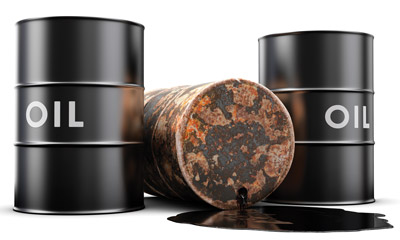Lube Tips
The “Lube-Tips” section of Machinery Lubrication magaazine features innovative ideas submitted by our readers. Additional tips can be found in our Lube-Tips email newsletter. If you have a tip to share, email it to editor@machinerylubricationindia.com
An Oil Analysis Metric to Track Serious Wear Debris
To better track the threat of serious wear debris in machine components, consider trending the percentage of large particles (PLP) as part of your direct reading (DR) ferrography analysis. PLP will indicate the relative fraction of the total ferrous debris that is indicative of serious wear problems. Simply subtract the reported small particle concentration from the large and divide by the total. A shift from normal results should prompt further evaluation.
 Storing and Handling Foodgrade Lubricants
Storing and Handling Foodgrade Lubricants
If you use food-grade grease, the grease gun should be stored separately from other grease guns and it should be marked “food grade only.” This will help avoid cross-contamination. Never use a food-grade grease gun with other lubricants. The storage area for foodgrade grease and oil should also be away from other lubricants and hazardous materials such as cleaning supplies, parts washer fluid, antifreeze, etc.
Where Synthetic Oil Works Best
The advantages offered by synthetic oils are most notable at either very low or very high temperatures. Good oxidation stability, higher viscosity index and a lower coeffcient of friction (with some synthetics) allow operation at higher temperatures. The higher viscosity index and lower pour points permit operation at lower temperatures.
What to Check When Changing Lubricant Brands
When changing lubricant brands or types, be certain that the new lubricant is chemically compatible with the old. Although you may be adding the new lubricant to an empty and clean reservoir, residual old lubricant will be in the lubrication system piping and metering devices.
 Consider Lubricant Storage Life Limits
Consider Lubricant Storage Life Limits
Most lubricants have supplierrecommended shelf lives based largely upon the lubricant’s additive package. For example, lubricants containing rust inhibitors may lose performance after as little as six months in storage. Conversely, some turbine fluids with a light additive dose may be shelved for up to three years. Shelf life information is typically available from your lubricant supplier and/or manufacturer.
Advice for Small Pump Oil Changes
Changing oil in small pumps can be challenging due to the design of the pump housing. There is a cavity in the bottom of the housing that traps water and contaminants. Use a small handheld vacuum pump to completely remove the water and/or old oil from this cavity. This will result in much cleaner oil with each change-out. You can get 10 additional ounces or more out of the pump using this method, as opposed to only opening the drain plug.
Use a Magnet for Routine Oil Inspections
Filtering oil with a flter cart can be useful for maintaining target ISO contaminant cleanliness codes. Placing a magnet in the flter cart near the inlet and before the pump is also benefcial for removing wear debris and for routine inspections. Put the magnet in a location where it can’t interrupt oil flow and ensure the magnet is strong enough to remain in place.
Magnet inspections should be compared to oil samples because oil analysis results may be better due to the magnet capturing metal. If multiple pumps or bearings feed into one lube unit, use a magnet for each return line to determine which one may be wearing out. Be sure to wear leather gloves to protect your hands from sharp metal fragments when cleaning.
Stop Grease Gun Disasters
Slowly pump grease into bearings over a period of three to fve seconds per normal shot of grease (0.1 ounce or 2.8 grams). Increase or decrease the time to adjust for larger or smaller volume output per shot. Using a quick lever action could blow out seals and may not allow the grease to distribute correctly within the bearing. If the application is high risk, consider installing shut-off-type grease fttings that prevent overpressurization during greasing.
